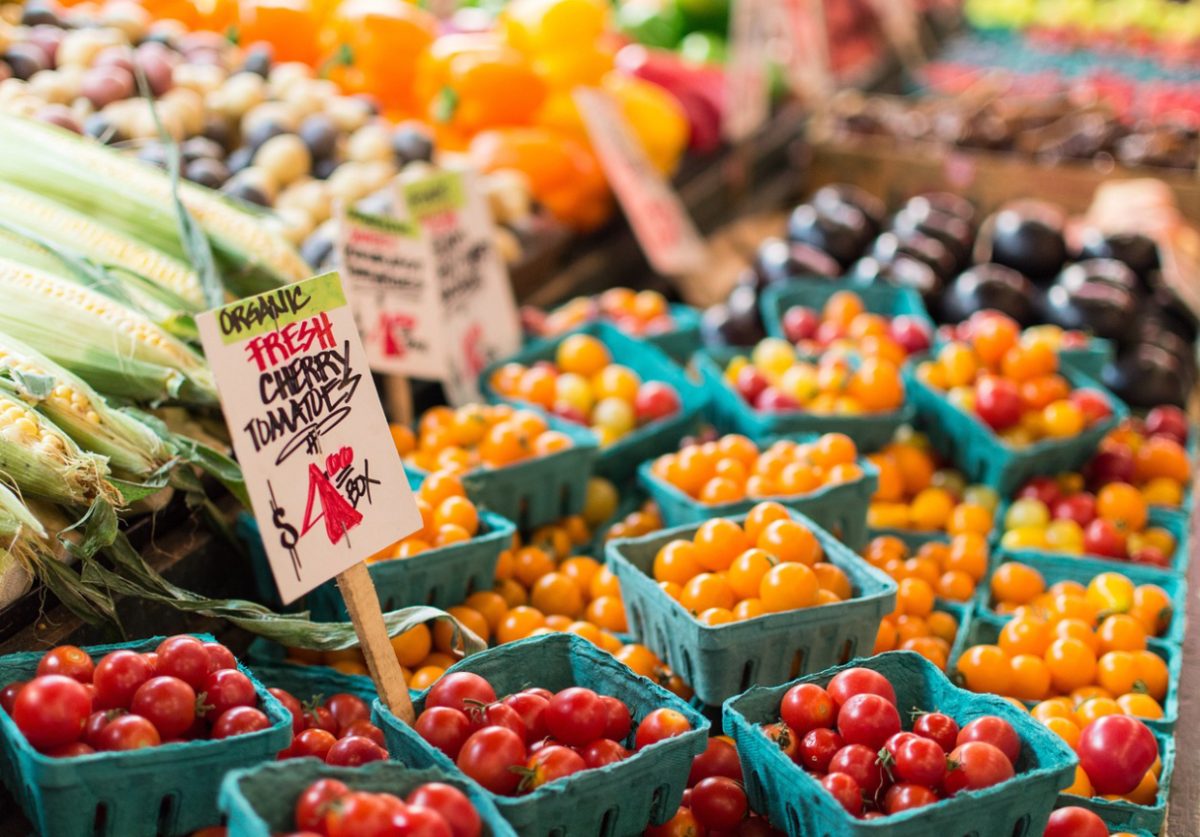Unfortunately, the problem of rising food prices is back. According to the USDA (United States Department of Agriculture), food prices are expected to increase by 2.2%, a rate similar to that of 2024. The rises in food prices are a result of both supply and demand pressures and it’s becoming harder to deal with these prices.
Labor Department data shows that the cost of groceries in the U.S. from Dec. 2023 to 2024 has increased by 1.8% for food at home, as well as a 3.6% increase for food away from home. During this time, eggs saw the biggest price jump, due to the bird flu killing more than 140 million poultry birds. Because of this, egg shortages became a problem, making the average price for eggs jump up to 50% more than their usual price in 2024. This is not the end of it, as the USDA predicts that the prices for eggs will go up by another 20% this year. This makes getting a regular box of eggs incredibly hard and costly because a lot of people want to buy eggs, even at such high prices, as they are an important part of a healthy diet.
Another major contributing factor to these rising food prices are the ongoing wars. As the U.S. imports about 15% of all its food, wars and traffic jams overseas have affected and even stopped food production as well as transportation around the world. Tariffs and trade wars are also affecting you directly, as they increase the cost of certain foods that we get from other countries. These factors make the prices for imported foods more expensive and, as a result, harder to get.
Another problem that has frequently been occurring these past few years is the factor of shrinkflation. Shrinkflation creates problems for customers, as they are getting less product for the same price. Companies are using this as a way to maintain profitability, just by simply decreasing the number of ounces in a package, or stopping to offer free samples. This method tricks you into buying more of a product since there is less of it.
It is important to acknowledge that small amounts of inflation are normal, prices can’t always stay stable, especially with the change of seasons. But for the last few years, more and more people have struggled to adapt to inflations with their wages. Huge increases in inflation have caused a lot of problems and left 29.1% of the global population unable to get access to nutritious food in 2023. The simple fact that not everyone is able to afford decent quality foods is shocking, considering we are in the 21st century.
This major problem is not going away anytime soon, but there are still a few options to help others and yourself cope with the new prices. A smart decision is to shop strategically, like buying in bulk and planning meals in advance. Finding stores with better price alternatives by calculating the unit price is also a smart way to see how much money you’re able to save on groceries. People should always look out for the change in prices, looking at what you pick before putting it in your shopping cart is essential.









